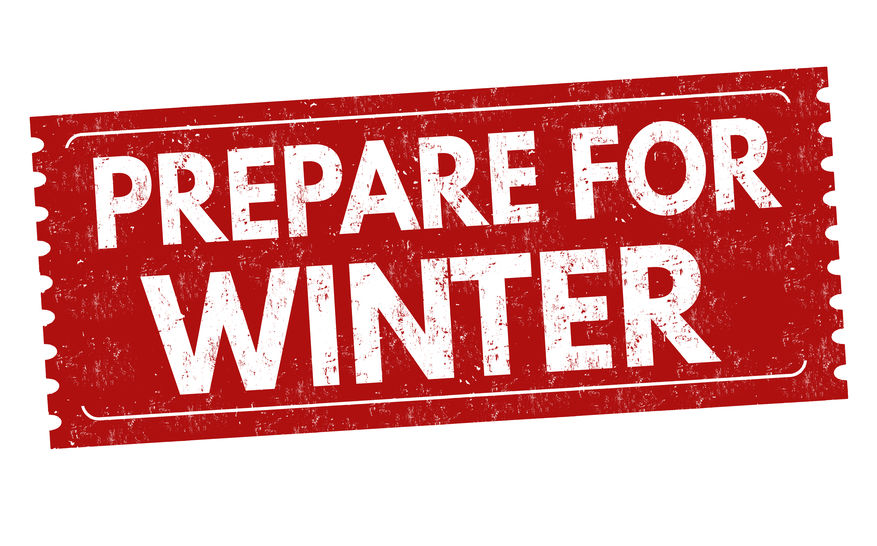With the winter months approaching, now would be a great time to winterize your sprinkler or irrigation system. If left alone, the low temperatures of winter can freeze the water left standing in your irrigation pipes, causing leaks, burst pipes, and malfunctions. Keep your system in great shape and working for years to come by following these instructions.
Steps to winterize your sprinkler system
- Drain your system. Most irrigation systems are connected to the home’s water source and have a backflow preventer that stops the flow of sprinkler water into your house. Find it and close the backflow valve before opening the manual drain valve. This allows gravity to do most of the work to drain the pipes. Remember to shut off the water supply to the system as well.
- Perform a blow-out procedure. While much of the water can be manually drained, it’s probable that your underground sprinkler pipes have low spots and areas where water still collects. Any water left in these pipes is potentially dangerous, so don’t take a chance. Use a 10 CFM (cubic feet per minute) air compressor to blow all of the excess water from the system. This is easily done by closing the backflow valve on your backflow preventer and finding the blow-out port. Attach a blow-out plug to the port and affix the compressor’s air hose to it. Turn on the compressor to no more than 80 PSI for PVC pipes or 50 PSI for polyethylene pipes, and blow out any leftover water. You may have to do this for each separate sprinkler zone in your system in order to avoid damage. As with any time you’re using compressed air, ensure you’re wearing ANSI approved safety glasses and not standing directly over the compressor. Safety first!
- Insulate the system. Keeping your system warm not only prevents any residual water from freezing and causing trouble but also protects valves and important mechanical components. Wrap the main shut-off valve and any above-ground pipes with insulating foam. Use a heavy-duty tape to make sure it stays on throughout the entire winter.
- Turn off the controller. You don’t want any automatic valves or pumps to be engaged when there is no water supply, as this could cause significant damage. Take care to cut the power to your automatic controller during these months. If you have a complicated timing schedule programmed into your system and don’t want to be bothered with setting it all up again in the spring, look for the controller’s “rain mode,” which will keep the valves dormant. The safest way to ensure there are no issues is to simply cut the power, however.
If you follow these steps, your system should be well protected against the season’s falling temperatures. If any step confuses you or you are unsure about how to get started, it’s better to call in the professionals. At Bieg Plumbing, we know how to properly drain a sprinkler system and would be happy to make a visit to your home.
To schedule an appointment or request an estimate, don’t hesitate to contact us today.

